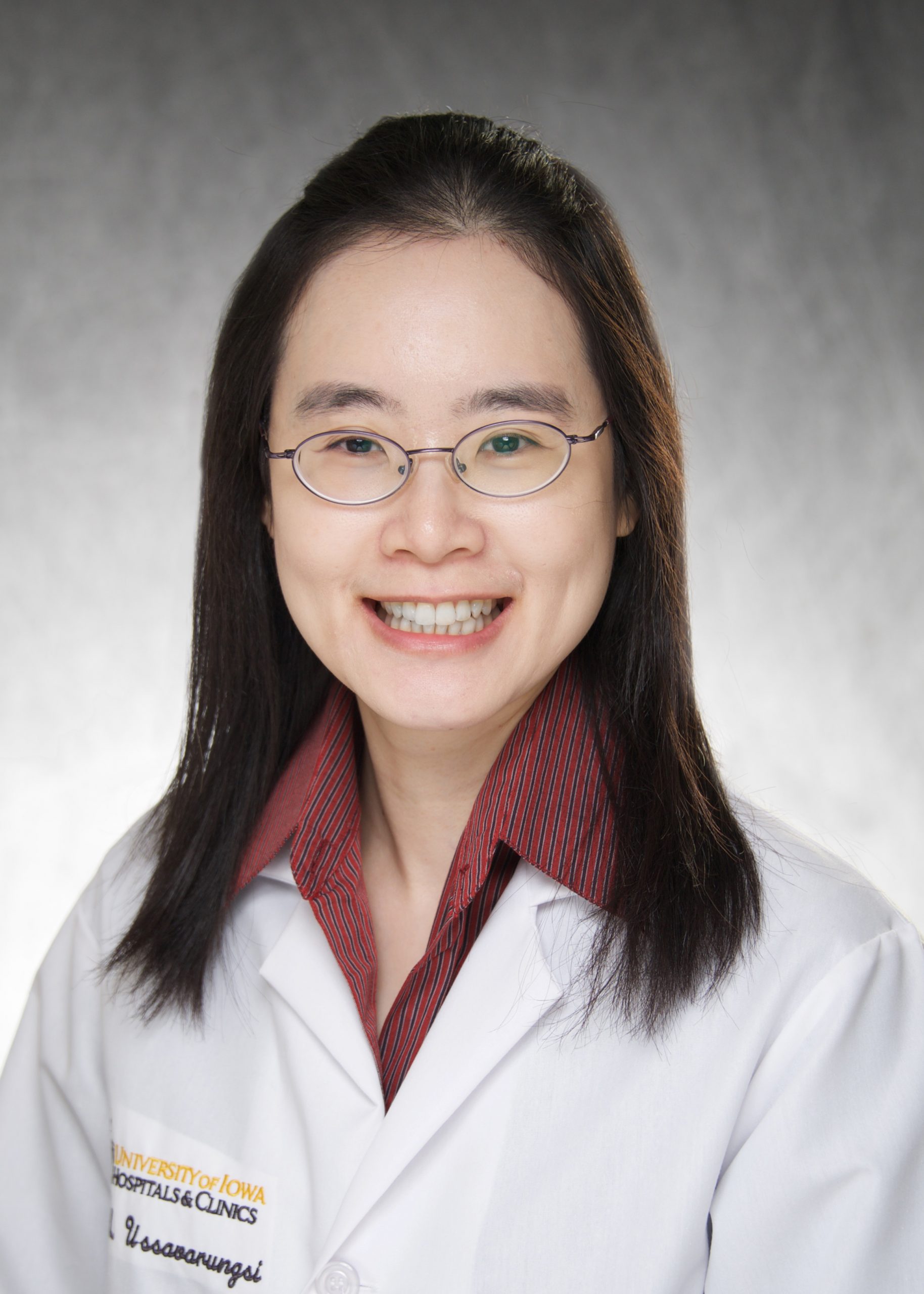Dr. Steven Pennington has always loved figuring out how things work. “The best part of basic science,” the postdoctoral fellow says, “is that once you understand the mechanisms at work, that becomes the foundation for everything else.” He says that if he had taken physics before chemistry in high school, “I would have been an engineer instead.” He also credits the quality of his chemistry teacher in Los Angeles, where he grew up, for sparking his interest.
In college, he sampled physical and organic chemistry. “You always hear stories about people hating organic, [that] it’s miserable, but I had a lot of fun.” In the end, Dr. Pennington’s lifelong interest in machines coupled with the complexity of biology made biochemistry too appealing to avoid. “It’s just so interesting to see how everything from within a cell works together with everything from the whole body.” That allure in part drew him to pursue his graduate work in Biochemistry and Molecular Biology at Oklahoma State University, where he earned his Ph.D. less than two years ago.
Dr. Pennington’s transition to joining Dr. Isabella Grumbach’s lab here at the University of Iowa was a fairly smooth one. “Isabella really helped a lot.” Dr. Grumbach sent him journal articles before he arrived—“even during the interview process”—so that by the time he arrived at Iowa, he was ready to get right to work. Although the focus of Dr. Pennington’s work at OSU was erythropoiesis—the manufacture of red blood cells—his project at the University of Iowa is focused on vascular disease and represents a relatively new area for him. Still, of all the job prospects Dr. Pennington considered, this one “was the most interesting to me.”
That work is not only interesting, but of profound importance. When a blood vessel is damaged—from, for example, angioplasty, reperfusion, or placement of a stent—the vessel’s repair can dysregulate, causing the replacement smooth muscle cells to build up until they form a blockage, increasing the risk of heart attack or hypertension. Unlike the more common fatty plaque build-up, these muscle cells are much more difficult to dislodge once in place.
Dr. Pennington and the rest of Dr. Grumbach’s team of researchers are examining how that vascular repair process can “go haywire;” in particular, they are working to understand the role that methionine oxidation plays in the signaling process. Dr. Pennington says, “If we can activate the repair mechanisms for these methionine oxidations . . . we should at least reduce the onset of this disease, giving the vessel time to heal before the cells grow in.”
This work, like any good science, is painstaking and methodical, though their initial results appear promising. Currently they are working to develop transgenic mice that overexpress this particular methionine oxidation repair protein. Dr. Pennington contributed to a previous publication coming from this lab that found mice without it had an increase in the smooth muscle cell proliferation and blockages. He speculates that, in the future, vessel repair from radiation-damage in patients with cancer may even be aided by what he and his colleagues could discover.
Although he arrived here early last year as fully briefed as he could be, he does admit having his diligence put to the test. “Science isn’t really for the faint-of-heart,” he jokes. “But luckily there are some really really amazing people in the lab” who were quick to lend a hand or some instruction on trickier procedures. And those colleagues find the same helpful tendencies in Dr. Pennington. Research scientist Dr. Sara Sebag cites the positive influence he has on the atmosphere in the lab. “Steven is a very calm individual who works very well under pressure.” She also praises his ability to serve as a sort of social glue, helping the lab work together better as a team, an assessment with which colleague Dr. Emily Nguyen agrees.
Outside of the lab, Dr. Pennington is still on the hunt for a new studio in which to practice martial arts. He has studied a variety for more than ten years: hapkido, jeet kune do, and kali escrima. He also spent about two weeks in Japan recently, in time to see the cherry blossoms blooming. He and a friend traveled all around the country, from Mount Fuji to Kyoto to Okinawa. “My favorite part was Tokyo. It’s just a huge city and so populated with so much to do.” We’re just grateful that Dr. Pennington came back to resume his work with us.

